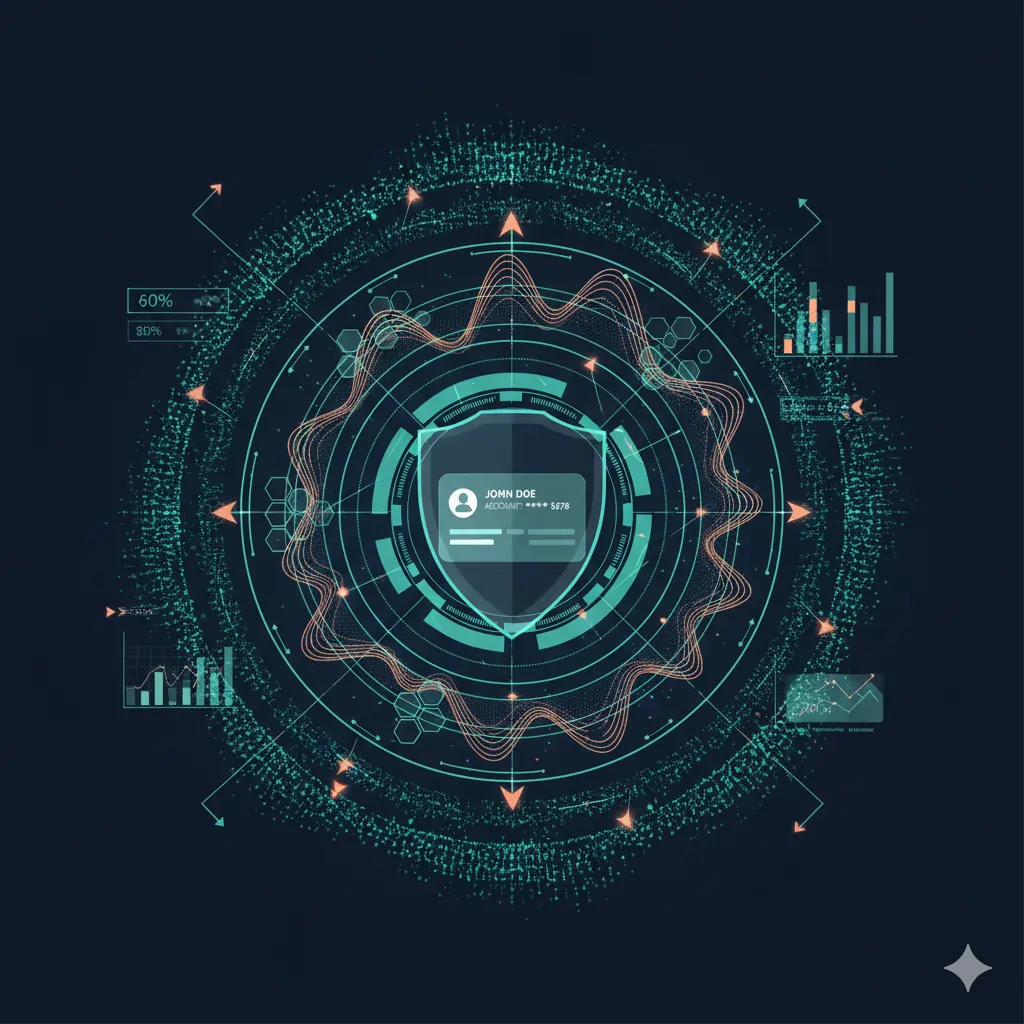In the past, transaction monitoring meant scanning for anything that looked out of the ordinary. A sudden transfer, a large withdrawal, or a spike in the frequency? Flag it, investigate, and file a report if needed.
But in 2025, it’s not enough
Today’s financial crime landscape is faster, more complex, and harder to detect with traditional tools. Criminals use automation, cross-border layering, and social engineering to avoid detection. Regulators expect institutions not merely to screen transactions, but to justify how they assess and respond to risk in real-time.
That’s where context-aware monitoring comes in. It’s not about watching every transaction equally; it’s about understanding the bigger picture. This enables compliance teams to act fast, reduce false positives, and identify real threats earlier.
The Problem: Alerts Without Insights
Legacy systems do one thing well, and that is generating alerts. But that’s not where it should end.
Not every flagged transaction is a threat. A large cash deposit from a business account might be completely routine. A payment from an international student might trip a rule, even if it’s legitimate. The result? Analysts are flooded with noise.
And that noise has consequences:
- Investigations get delayed
- Real risks are buried under false positives
- Teams spend more time triaging than analyzing
- Operational costs go up without improving outcomes
The problem isn’t the volume, it’s the lack of context.
What “Contextually-Aware” Really Means
Context-aware monitoring takes things a step further. Instead of looking at a transaction in isolation, it evaluates it through the lens of:
- Who’s making it
- What’s typical for them
- Where, when, and how it’s happening
- And whether it fits known risk patterns
It’s the difference between flagging activity based on rigid thresholds versus analyzing it based on behavior relevance. For example:
- A $9,000 transfer from a small business account during regular business hours might be fine.
- A $1,200 peer-to-peer transfer from a personal account to multiple unrelated recipients over a weekend warrants a closer look.
The goal of “contextually aware” is to surface fewer but smarter alerts, backed by data that explains why they matter.
What Makes Monitoring Truly Context-Aware?
Most traditional monitoring platforms focus on transaction rules: fixed thresholds, generic alerts, and volume triggers. But financial crimes do not follow templates, and neither should your detection strategies.
Context-aware monitoring goes further by weaving together behavioral intelligence, dynamic profiling, and environmental signals. This gives compliance teams more relevant alerts, fewer false positives, and far more operational clarity.
A truly context-aware monitoring system:
- Understands what’s typical for an individual, not just what’s statistically rare
- Adapts to new information, like risk rating updates, location changes, or media exposure
- Connects related behaviors across users, accounts, and devices
- Prioritizes alerts not by size alone, but by relevance to risk
In practice, this means your team spends less time guessing and more time acting on what matters.
Why Context-Awareness Matters in 2025
In 2025, context-aware monitoring is more than a technology upgrade; it’s a regulatory and operational necessity. Here’s why:
Financial crime is more layered
Bad actors don’t move large sums through a single channel anymore. They spread risk, create cover behavior, and move just below detection thresholds. Without context, these activities are easy to miss.
Regulators want transparency, not just reporting
Supervisory bodies are no longer satisfied with generated alerts as evidence of compliance. They want proof of intelligent escalation, explainable decisions, and systems that reflect actual risk exposure, not just static rules.
Compliance teams can’t scale linearly
With growing onboarding volumes and payment flows, it’s not feasible to hire more analysts for every uptick in traffic. Smartt systems allow leaner teams to maintain oversight without burning out.
Reputational risk is real-time
Missing a red flag doesn’t just result in a fine; it can lead to brand damage, media scrutiny, and loss of customer trust within hours. Context-aware monitoring enables faster, more accurate decisions before damage occurs
Where IDYC360 Comes In
At IDYC360, we’ve designed a cutting-edge AI-driven monitoring engine that puts context at the core. Our state-of-the-art platform stands out as it:
- Learns behavior patterns across customer segments
- Adjusts scoring in real-time based on new signals
- Flags entity connections and behavioral overlaps
- Integrates directly into onboarding and transaction flows
- Offers explainable alerts your team can trust and act on
The Result: Fewer false positives. Faster investigations. Stronger compliance
Final Thought
In a regulatory landscape that’s moving faster and expecting more, compliance can’t afford to be reactive. Teams need tools that understand what’s happening, who it’s happening to, and why it matters.
That’s what makes context-aware monitoring the standard, not the upgrade for 2025.
Ready to Stay
Compliant—Without Slowing Down?
Move at crypto speed without losing sight of your regulatory obligations.
With IDYC360, you can scale securely, onboard instantly, and monitor risk in real time—without the friction.











